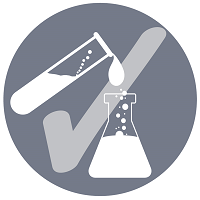Formulation and Delivery
Design Space Approach to Optimize Modified Release Formulations Based on Clinical Data
Monday, October 21, 2024
3:00 PM - 3:15 PM MT
Location: 155 C

Vanessa A. Zann, PhD (she/her/hers)
Executive Drug Development Consultant
Quotient Sciences
Nottingham, England, United Kingdom
Rapid Fire Speaker(s)
Conventional formulation development uses preclinical models to assess formulation performance to select prototypes to study in humans. It is well understood that there is often a disconnect between preclinical and human bioavailability, hence relying on animal data carries risk of selecting suboptimal formulations. Translational Pharmaceutics integrates formulation development, on-demand GMP manufacture and clinical testing to accelerate drug development programs. It enables clinical assessment with GMP manufacturing, release and dosing possible in less than seven days, allowing clinical assessment with smaller batches of drug product and shorter stability datasets. Flexible formulation design spaces can also be evaluated to enable critical formulation attributes to be studied allowing multiple formulation variables to be assessed and optimized based on emerging clinical PK data. Current talk describes a Translational Pharmaceutics case study using design space to optimize a controlled release formulation to deliver a lower Cmax, reduce QTc prolongation while maintaining the brain pharmacodynamic effect.
Learning Objectives:
- Learn how flexible formulation design spaces can be enabled in clinical programs
- Apprciation of the risk of using in vitro and pre-clinical data to select and optimize formulations
- Understanding of how these techniques can be applied for modifed release formulation optimization using a real case study


